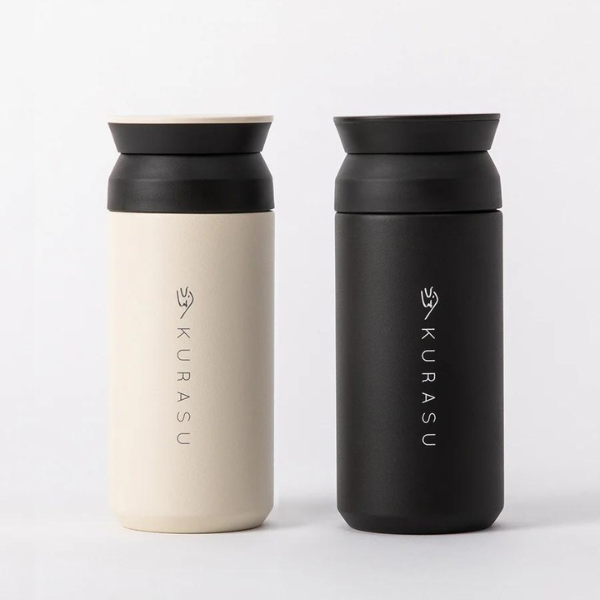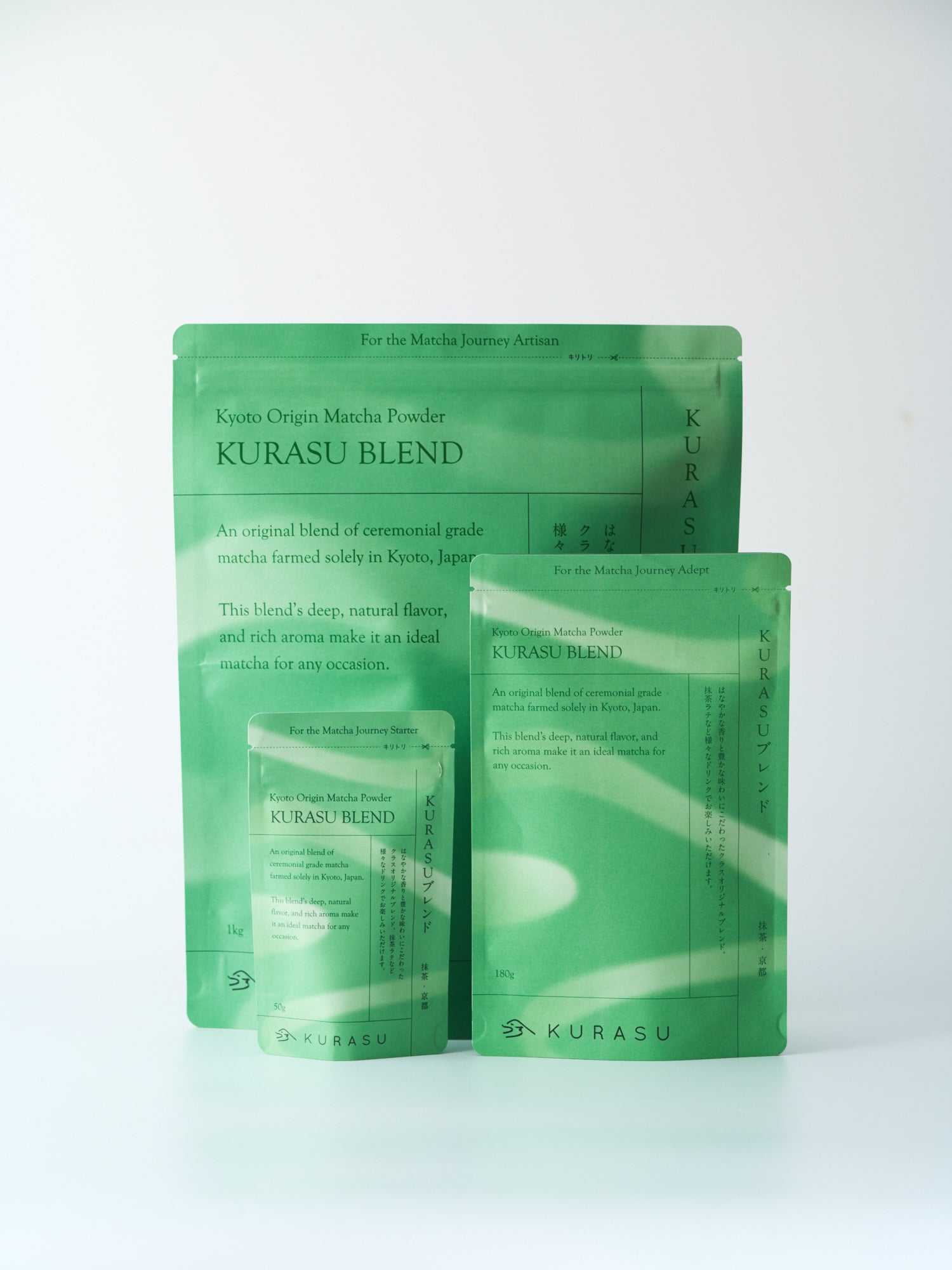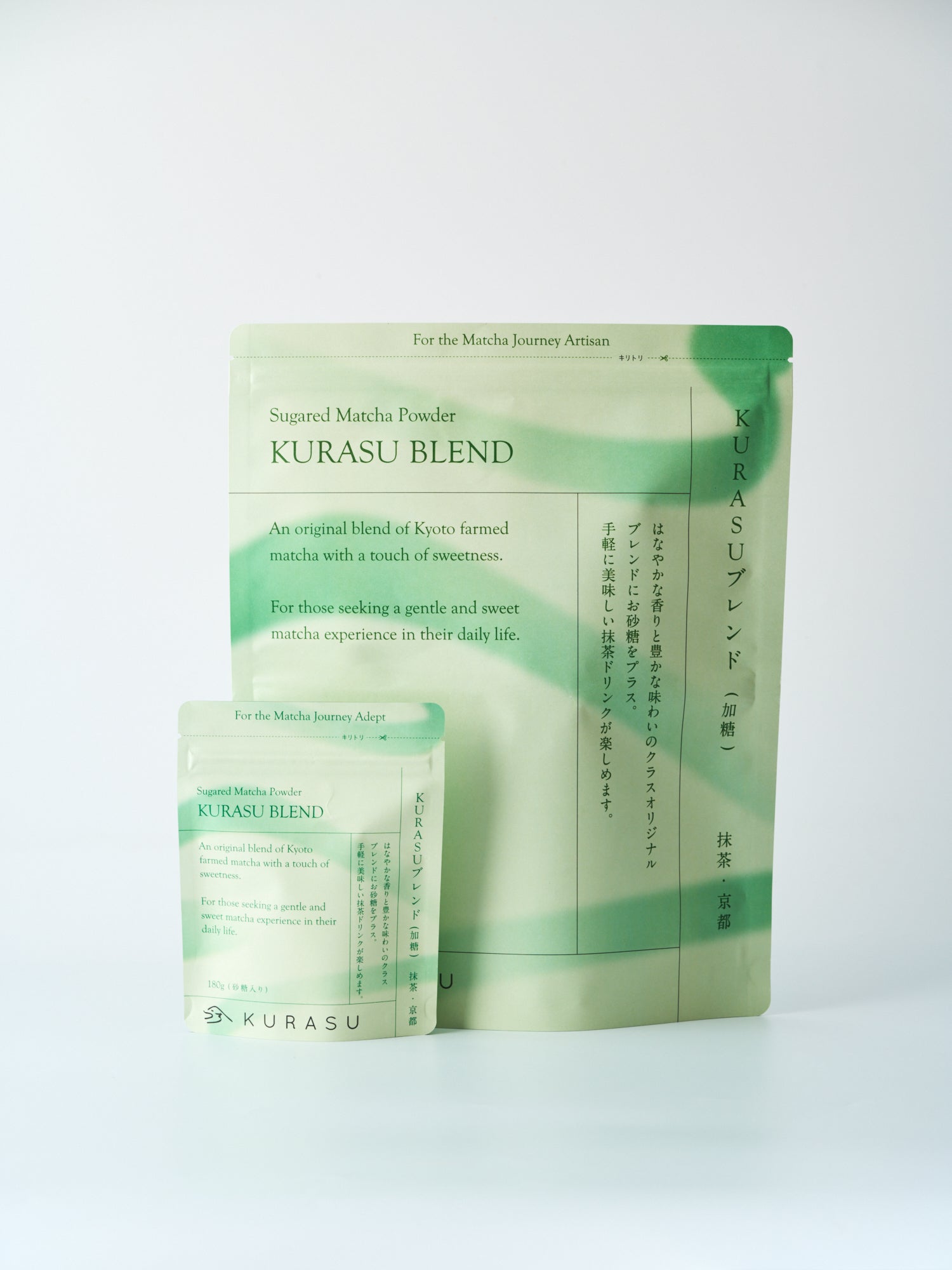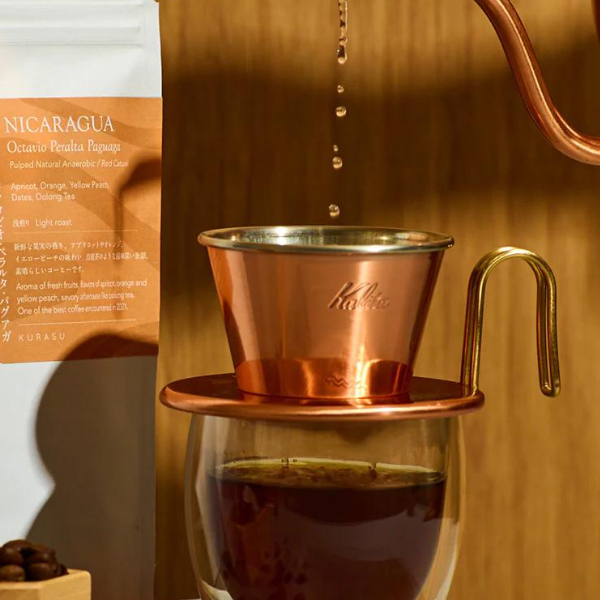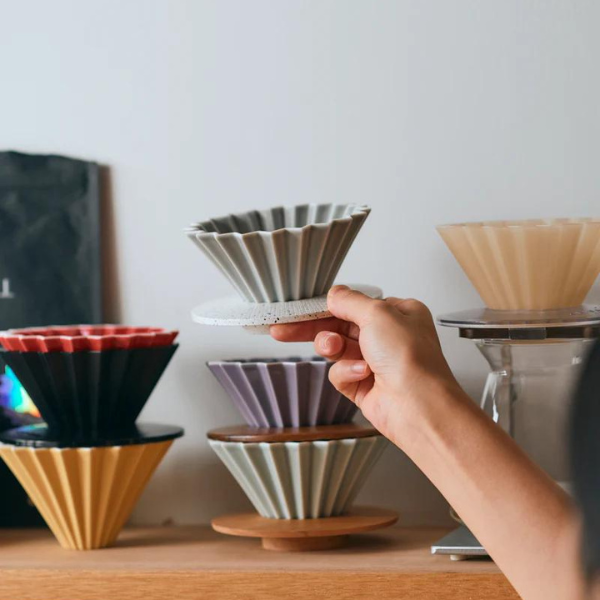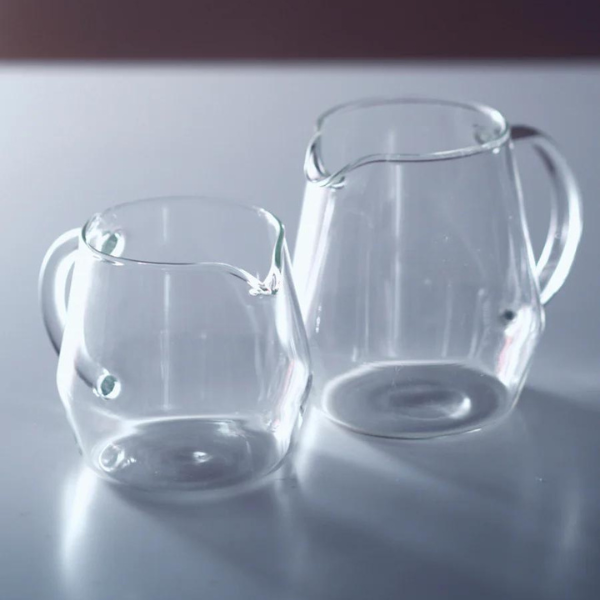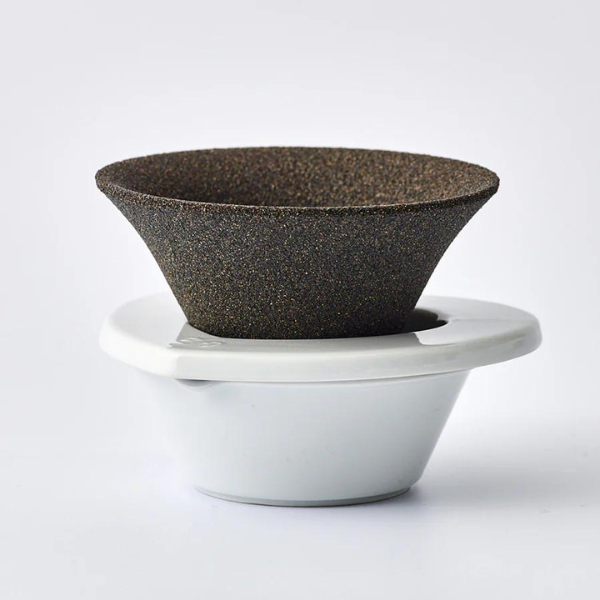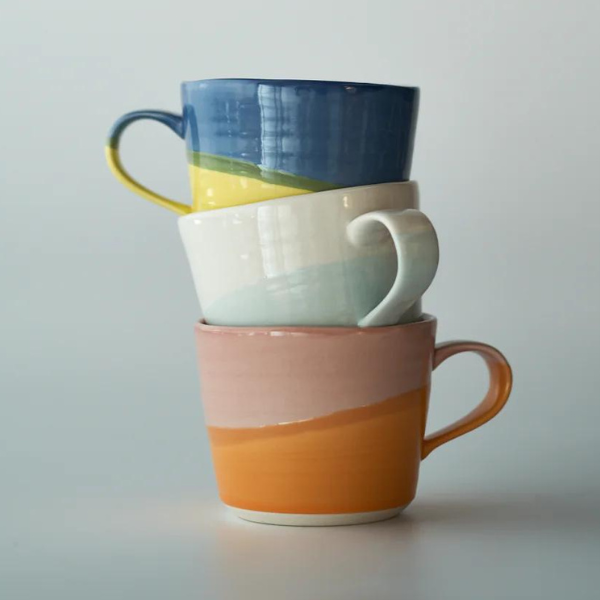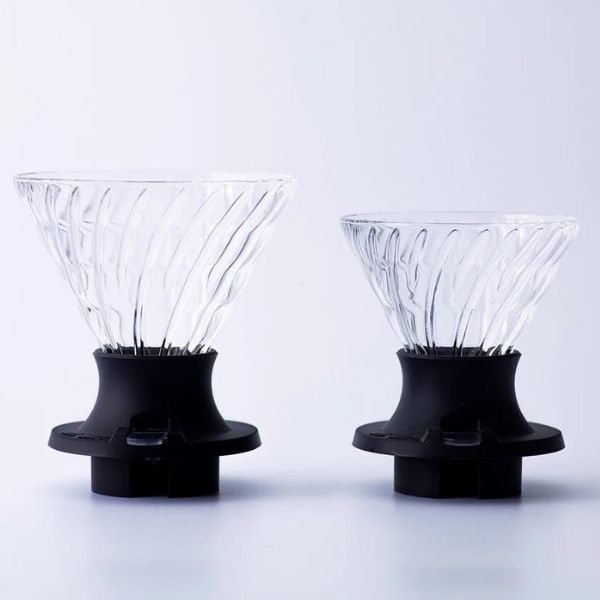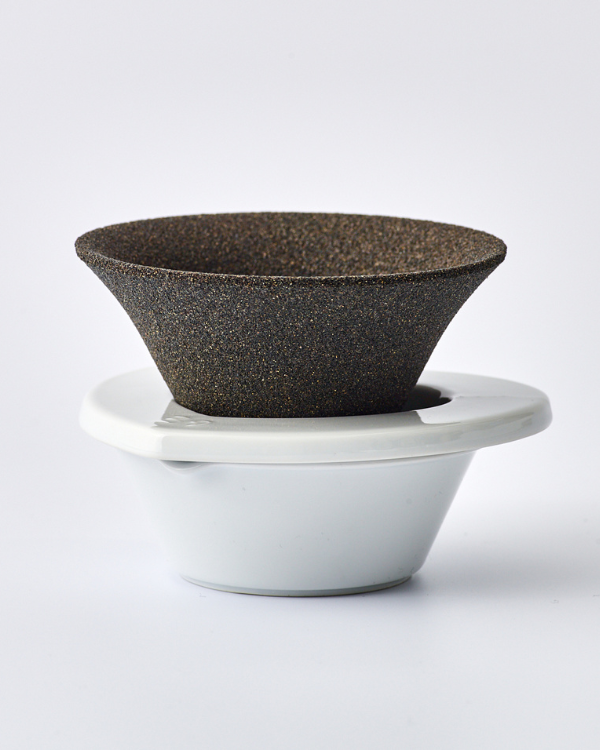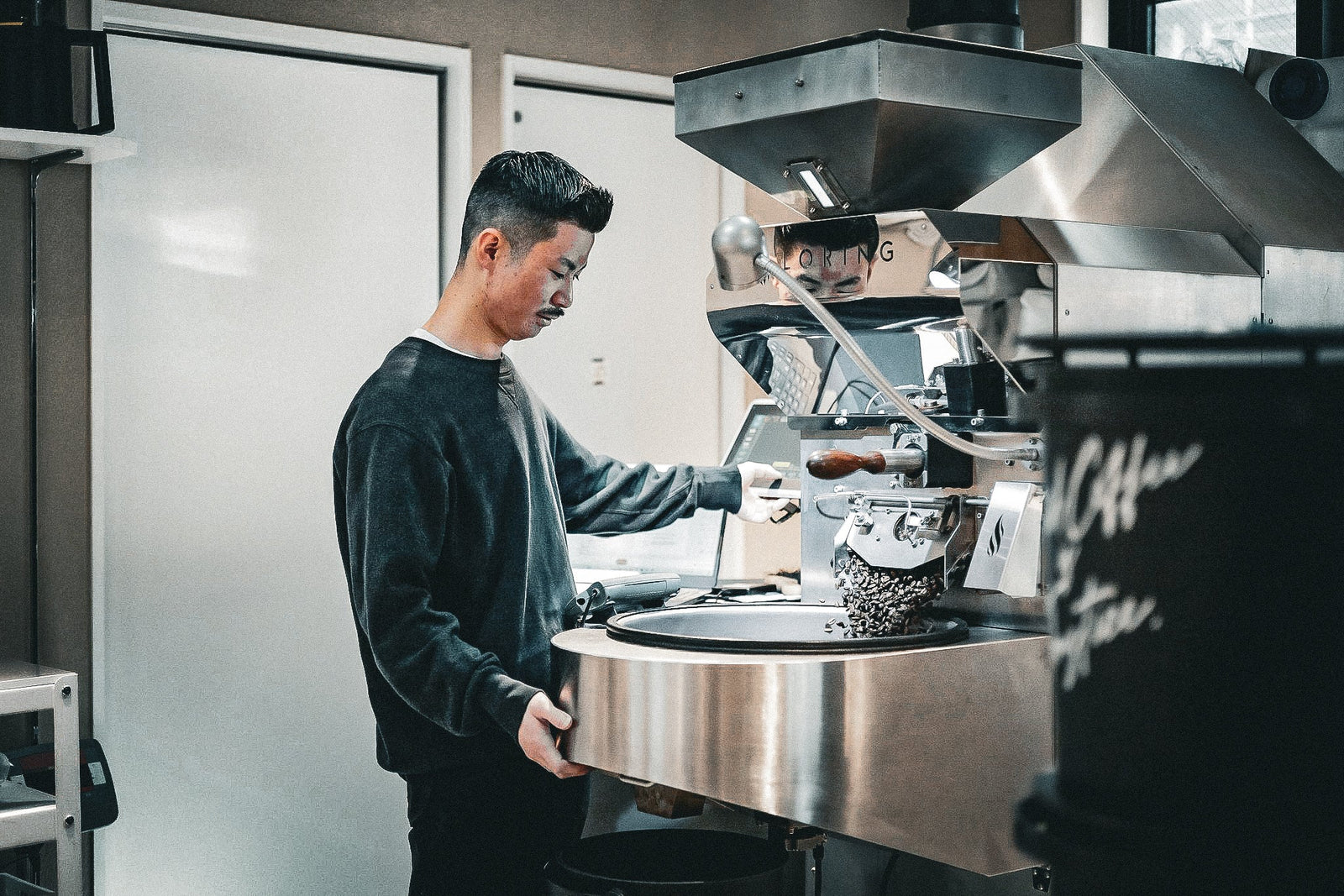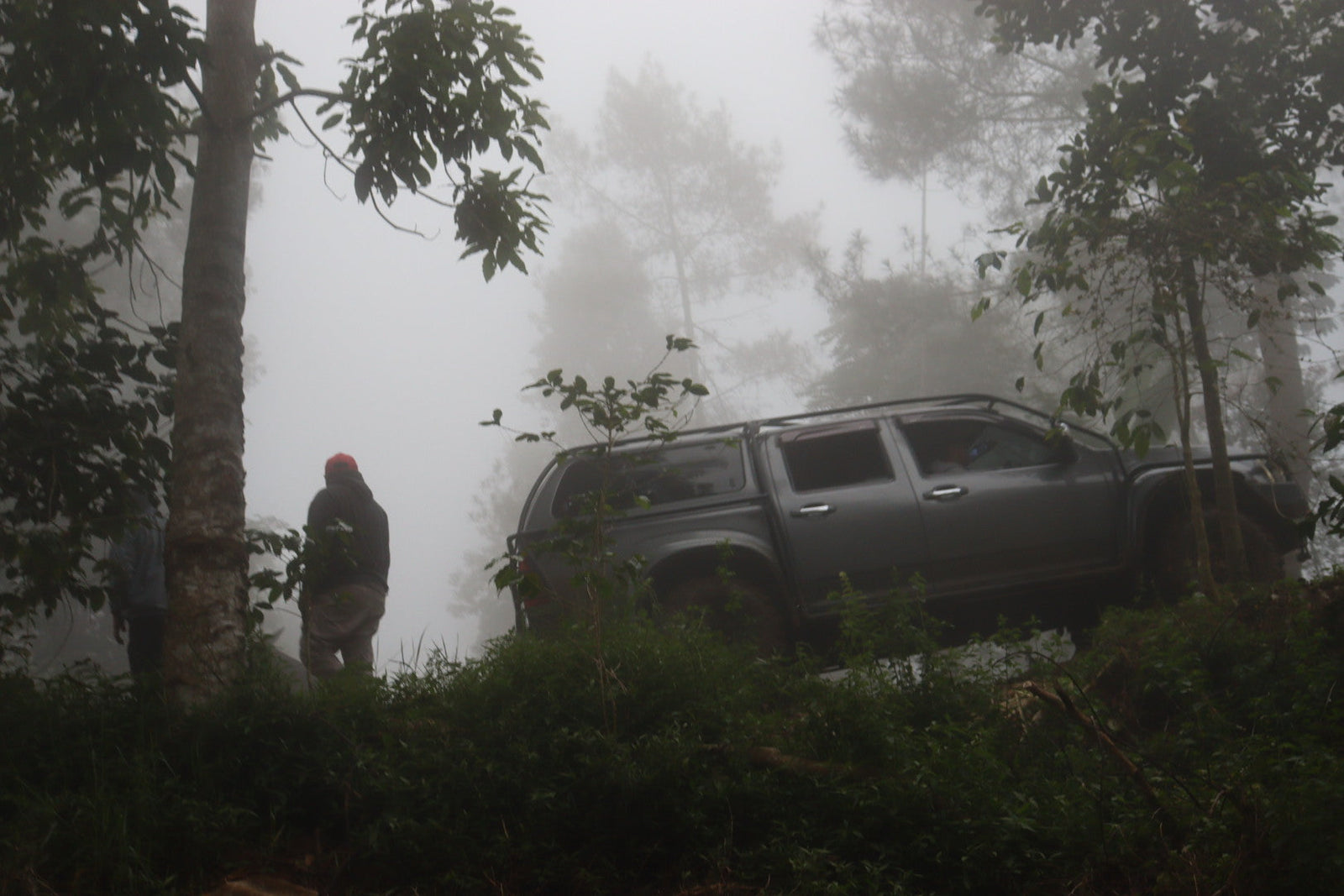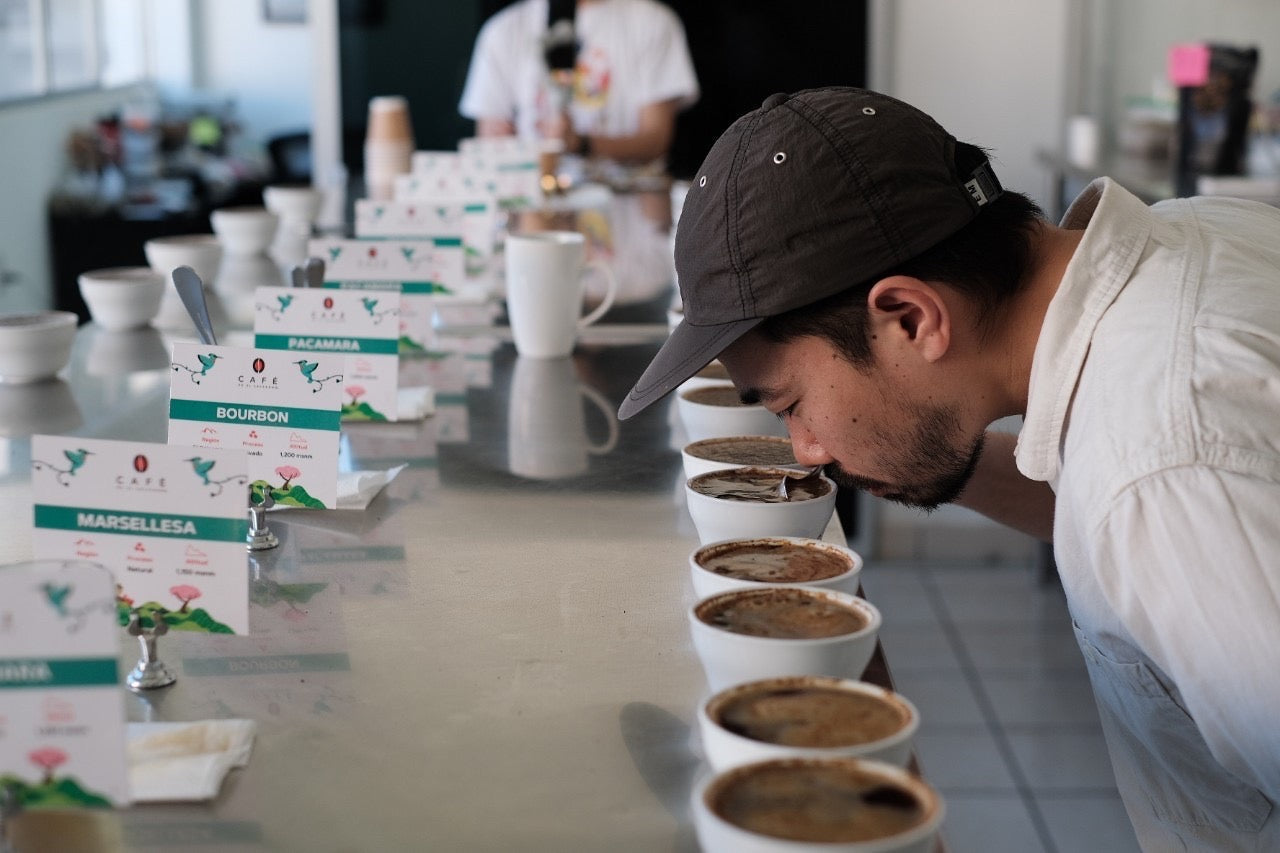Hi, I’m Jongmin from Kurasu’s roasting team.
Quick question- how would you feel if you find a piece of zipper in your bag of coffee? Not happy, of course, but this has happened to us the other day.
Well, not in our final product, but in a bag of green beans we received. You may call it my occupational disease, but I actually got really excited when I saw this- for me it was a great reminder that I’m working with human beings.

Defects Can Be a Portal to the World We Don’t Know
Like what’s on the opposite side of the moon, there are so much not known to many of the consumers about what’s happening and what it is like in where coffees are grown. Even for us coffee roasters, we are constantly reminded how little we know about the countries we purchase beans from- we learn new things daily, only to know that we have even more to learn.
 Other items we removed: a piece of wood, pebbles, etc.
Other items we removed: a piece of wood, pebbles, etc.
Coffees are grown by nature and human hands, and it’s only natural that some of the beans are nibbled by insects and worms, chipped, or broken, have different copies of DNA like our faces and traits are different- and there may be times where things get mixed into the bags, like a producer’s broken zipper.
To minimize such defects and contaminations, our quality control policy is to go through various checkpoints when we source green beans on top of cup qualities - including a storage management.
Can We Eradicate "Defect", and Should We?
However, it likely is impossible to eradicate defective beans from turning up and is fundamentally pointless to attempt so. One jute bag alone holds from tens to hundreds of thousands of beans, and it is futile to test every single beans to see if they pass or not.

Since the encounter with the zipper, I have been contemplating for months while handpicking defective beans in our roastery- hustling for perfection isn’t probably the way we want to go. We probably should accept the beauty of imperfection nature shows us and embrace that as a valuable part of the package. Allowing some breathing space for imperfection, but understanding it as the part of a bigger picture to make the final product better as a whole- upon thinking about beans quality control, MUJI’s brand philosophy would be a good one to cite:
“…This is because we do not make objects to entice responses of strong affinity, like, “This is what I really want” or, “I must have this.” MUJI’s goal is to give customers a rational satisfaction, expressed not with, “This is what I really want” but with “This will do.” “This is what I really want” expresses both faint egoism and discord, while “This will do” expresses conciliatory reasoning. In fact, it may even incorporate resignation and a little dissatisfaction. MUJI’s goal is to sweep away that slight dissatisfaction, and raise the level of the response, “This will do” to one filled with clarity and confidence.” (quoted from MUJI official website)
Kurasu Study Group: Learning Coffee Through Defects
To discuss this topic with the team and learn more about defects together, I hosted a study group with our roasters, baristas, and customer support department.

For the study group session I prepared several cups, each contains different type of defect beans: insect damage, under-developed, over-ripe, chipped/broken. I also prepared various cups with different ratio of defects included, to share what defects affects the final cup how and how much.
Through this session I wanted not only to show the effect of defects, but to expand the attendants’ definition of coffee- or how to understand coffee better from different perspectives and criteria.
Rejecting and Accepting Defects at the Same Time

We will continue to remove defect beans from our product before it reaches our customer. This is part of what we do to deliver high quality product for those who love our coffee and our brand, and this is where we stand with defects. On the other hand, we will accept defects in our green beans bags as part of our job as a member of the industry. These two stances seem to be contradicting, but then I remembered an interview I did with a coffee producer.
Here's what they said:
"We understand that coffee roasters would obviously want to buy green beans without any defects. But from us producers’ point of view, removing defective beans will directly affect our income. For example, if we were to remove 5% of the harvest as defects, producers who trade tons of coffee will have to discard many many kilograms of coffee. In coffee production business, values are often calculated based on weights and quantity, and farmers naturally want to reduce the amount of discard."
While supply chains are complicated and diverse, it’s always working conditions and various environments that contribute for defective beans to be contained in the export. As a coffee roaster, our mission is not to plainly reject defects, but to understand the underlying story of the presence of those defects- through those defects, we learn a lot about that harvest, whom and where the coffee came from. While understanding and respecting those stories, our job is to then “tidy them up” and prepare the final product that shows the quality of the original product and our skills.

See the World Captured in a Single Coffee Bean
Roaster’s job is to provide a constant supply of tasty coffee. To achieve that, we cup, think about the beans, and learn about the beans. Through that, I feel that we always go back to where we started: learn how to look at the world and how to understand it. By learning more ways to approach, more vividly you can see the world of coffee.

Defective beans are an integral part of the reality in coffee production.
As a member of the coffee industry, we accept this reality as an issue of our own, and let it fuel our final product to be superb. So many people and processes are involved in coffees’ supply chain: among those, picking defective beans out inspires us, gives us so much insight of what it means to be a part of the big stream of this industry.
As a coffee roaster, we receive the story each beans contain, and pass the baton of the origin story to our baristas, and to the customers.
Thanks for reading and have a wonderful day.
Roasting team
Jongmin


